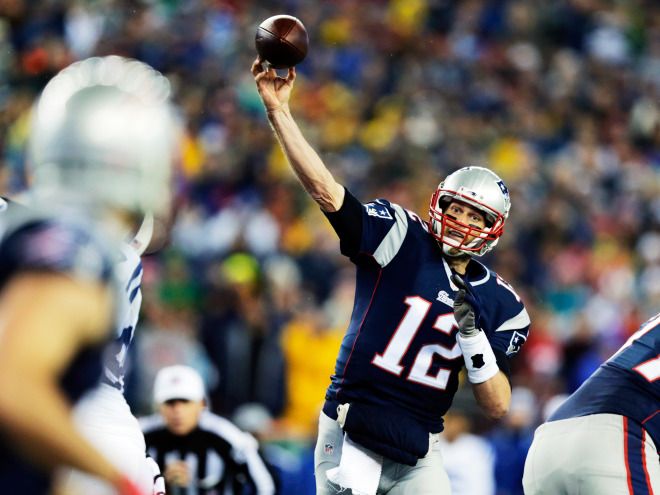Feb 3, 2015
As the Powerful Argue AI Ethics, Might Superintelligence Arise on the Fringes?
Posted by Seb in categories: robotics/AI, software, supercomputing
By Jason Dorrier — SingularityHub

Last year, Elon Musk and Stephen Hawking admitted they were concerned about artificial intelligence. While undeniably brilliant, neither are AI researchers. Then this week Bill Gates leapt into the fray, also voicing concern—even as a chief of research at Microsoft said advanced AI doesn’t worry him. It’s a hot topic. And hotly debated. Why?
In part, it’s because tech firms are pouring big resources into research. Google, Facebook, Microsoft, and others are making rapid advances in machine learning—a technique where programs learn by interacting with large sets of data.














